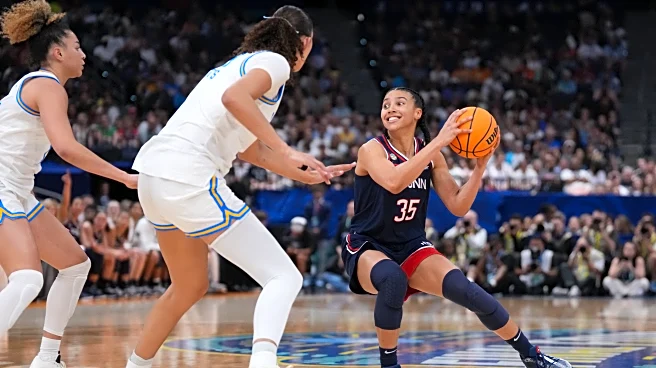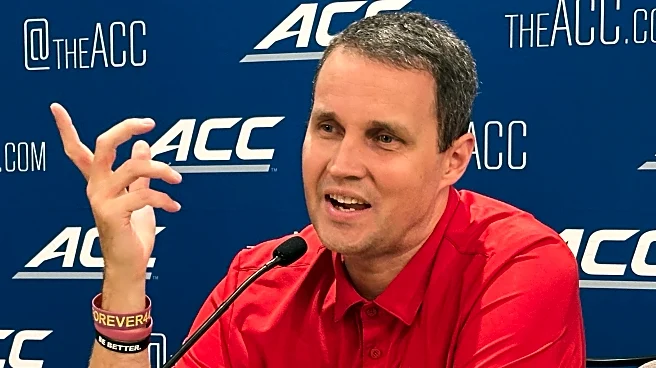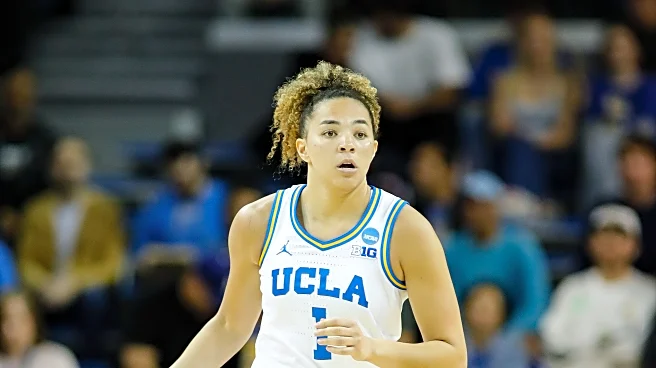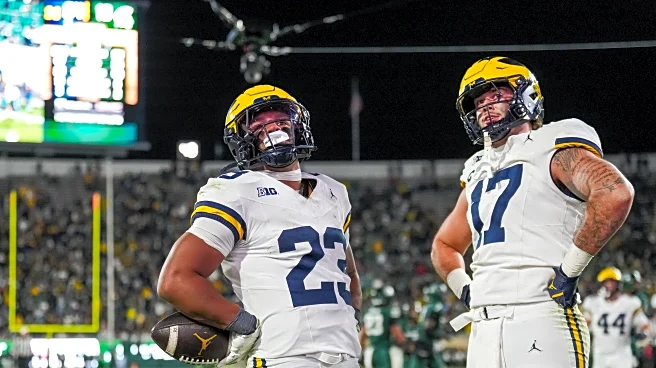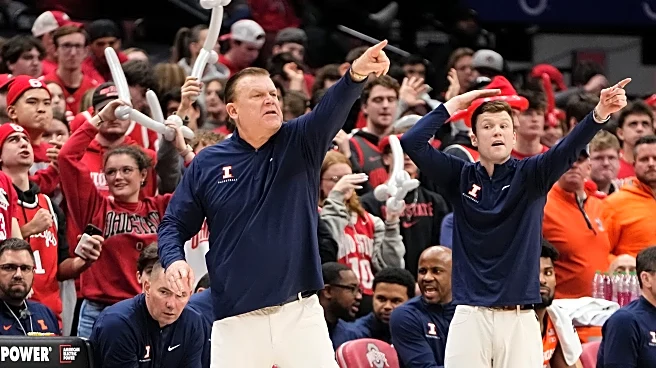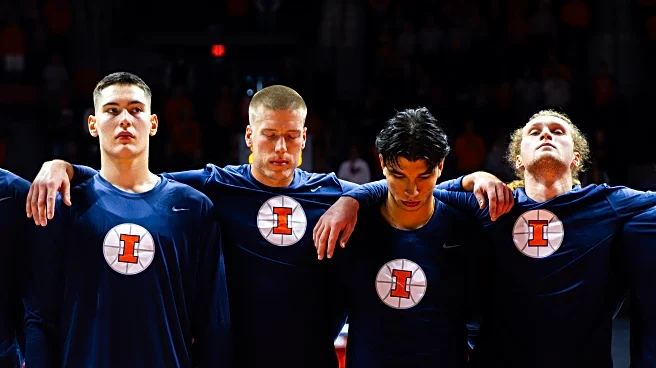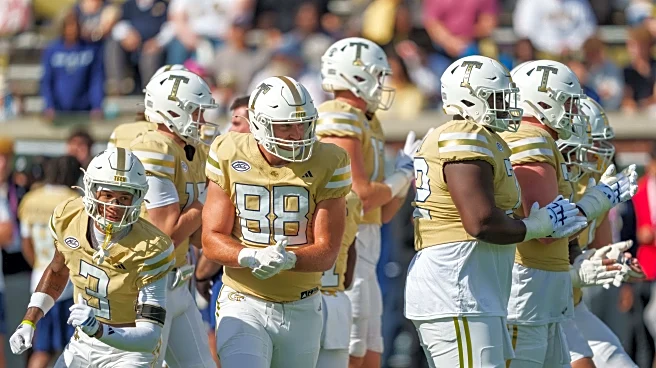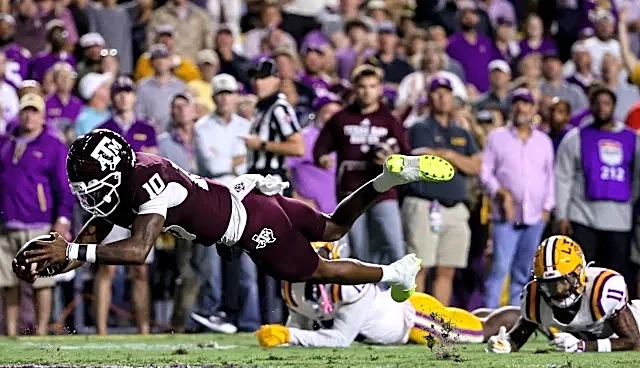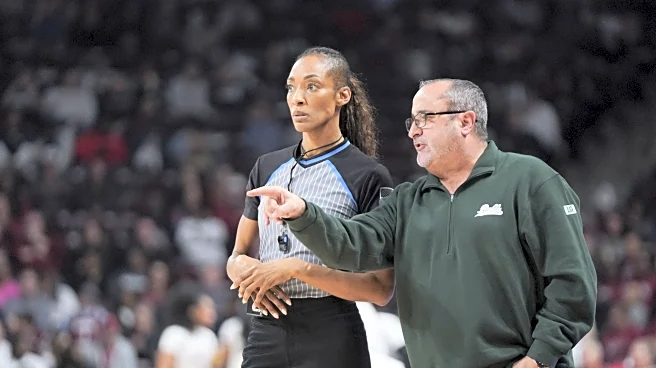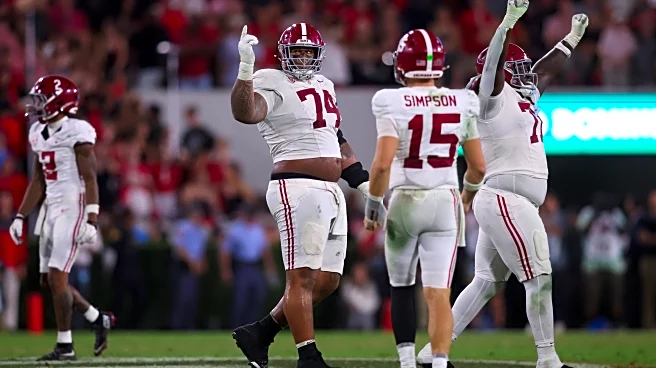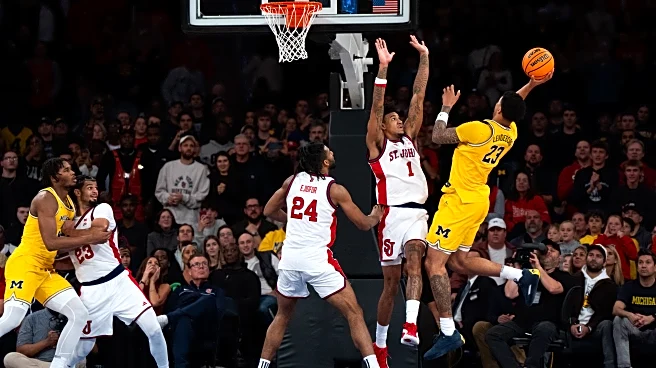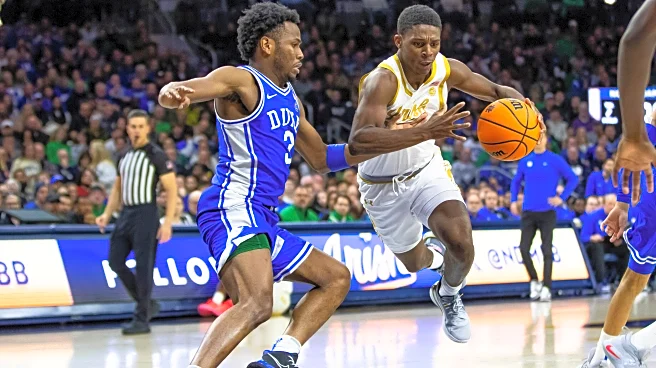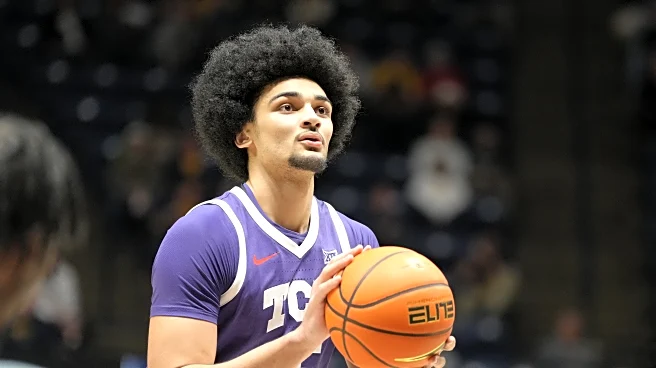Collegiate greatness does not always scale to professional dominance.
The differences between the 362 Division I schools and the soon-to-be 15 WNBA teams is night and day, and prospects can’t be judged on their raw production alone.
Before the college season kicks off, let’s look at what three top NCAA players—UCLA’s Lauren Betts, UConn’s Azzi Fudd and TCU’s Olivia Miles—need to prove to cement their WNBA prospect profiles.
Lauren Betts: Perimeter facilitation, high-energy play finishing

As the Big Ten preseason Player of the Year and preseason All-American, Lauren
Betts does not have to prove much, if anything, to maintain her hold on a top draft projection. There are no reasonable doubts that Betts will be an impactful player in the WNBA; however, there are certainly valid concerns about whether she can scale her dominance to the next level.
Some voices have theorized that Betts stardom could be dependent on expanding her game outside the 8-to-10-foot range, offensively. I harshly disagree, not for the fact that this wouldn’t make her a much better prospect, but simply for the reason that I do not think it’s at all realistic for Betts to meet that expectation. She is not a capable 3-point shooter, and is hesitant when left open in the midrange. Her 6-foot-7 frame and inability to play low prevents her from ever bursting downhill off the dribble against a decent defender. Rather than blindly manifesting some outlier perimeter development, I think Betts needs to show scouts one of two things: She needs to either display a reliable facilitation ability outside of the low block, or she needs to elevate her play-finishing motor to a WNBA-level.
Let’s start with the former. I am very, very high on Betts’ passing ability. When doubled or heavily stunted at, she consistently makes the correct read and is quick to spray the ball out from the post. However, her passing mastery outside of the 10-foot range is vague. She will occasionally throw an impressive skip pass, but she doesn’t often hit cutters or make advanced reads out of ball-screen or dribble-hand-off situations. Against WNBA defenders, she won’t be afforded the elementary-level advantages from the post that she has easily punished as a collegian. As a traditional big, an archetype that has not thrived recently in the W, much of her work will be done in ball screens. Many professional teams “ice” screens, forcing the screener to catch the ball on a short-roll and make a play from the elbow area. Betts has the height to see over defenders—something that’s heavily underrated when talking about passing ability—so she has potential to be a threat from that spot.
Secondly, Betts will need to show a willingness to do the dirty work. Not to beat a dead horse, but Betts will no longer be posting up against the inconsistent block defenders of the NCAA next year. She can’t rely on her post game to carry the weight of her offensive expectations when defended by A’ja Wilsons and Napheesa Colliers. Betts needs to up her motor, whether that be mentally or physically, to become a high-level play finisher. She’s already a strong offensive rebounder and roller, which is more than half the battle. The next hill for her to climb is as a transition rim runner. There are a lot of, frankly, unskilled bigs that have made a lot of WNBA money by sprinting up and down the court for easy layups. If Betts wants to dominate without a perimeter game, she will need to find another gear in transition to get touches before halfcourt defenses can set up. She’s not the fastest player, but rim running is often more mental than physical. Betts could easily be complacent towards the dirty work this year, coasting in her role until the ball is passed to her in the post. Or, she could work her tail off to sprint the court and show scouts that she knows where she can impact high-level basketball.
As I stated earlier, Betts is a guaranteed top pick in next year’s draft. However, there are moments where 6-foot-4 Spanish prospect Awa Fam looks like everything that Betts isn’t. Fam is an intriguing, if not fully capable, 3-point shooter. Fam is a rim-running monster. Fam is also only 19 years old. I’m not trying to start some sort of invisible rivalry between Betts and Fam, but you better believe that lottery teams are looking at the two of them while trying to determine who the best big in the draft will be. If Betts improves upon her facilitation upside and shows a willingness to turn on the jets in transition, it may be hard to pick her second.
Azzi Fudd: Anything besides scoring

Azzi Fudd knows how to score the basketball.
She’s far and away the best volume shooter in college hoops, and her ability to expand her game inward despite numerous long-lasting injuries has skyrocketed her projection as a future professional. The consensus around Fudd is mixed: Some think she’s the best guard in the draft and a guaranteed future star, while others think she’s a glorified role player who’s ceiling is no higher than an off-ball savant. Fudd is a great player, and this season will certainly show whether or not she can function as a true lead guard sans Paige Bueckers. My concerns about Fudd’s prospect profile are not rooted in the expansiveness of her scoring bag. I think the more pressing issue around the Arlington, VA native is the fact that she really doesn’t do anything but score.
Statistics are not always helpful for players on super teams, but they can still show big discrepancies in how they impact the game. Let’s start with the obvious: Fudd is a comically absent rebounder. As a (roughly) 6-foot-0 guard with an impressive muscular frame, she brings in a whopping one rebound every 13 minutes. Two measly rebounds per game is flat out bad for any starter, let alone one of Fudd’s caliber. The other top guards in draft projections, Olivia Miles and Flau’Jae Johnson, are marginally shorter and yet average nearly three times as many rebounds as Fudd. Anyways, rebounds aren’t a guard’s job, right? We can leave that to the Sarah Strongs of the world.
A guard’s job is to pass the basketball, not rebound. And when it comes to passing, Fudd is… also comically absent. Again, Fudd has never been used as a true lead guard, so she hasn’t been afforded a real opportunity to display above-average passing juice. However, she averages a hair over 1.5 assists per game in 27 minutes of playing time. Recent off-ball prospects Sonia Citron and Jacy Sheldon both averaged closer to three assists per game, for reference. Fudd’s passing profile is very similar to Lexie Hull, who was picked No. 6 overall in the 2022 WNBA Draft. Hull is a solid WNBA role player, but she’s never looked close to having reliable on-ball capabilities.
Fudd will have many chances to prove the role-player-on-steroids accusations wrong, but for now, they can’t be ignored. Despite the UConn faithful’s assurances, it’s hard to visualize Fudd as a real contender for the No. 1 overall pick unless she transforms the non-scoring aspects of her game. However, as the resident Swish Appeal Mystics writer, I’ll leave Fudd with this. I find it extremely difficult to imagine that Fudd makes it past whatever pick the Mystics have, no matter how her postgrad season unfolds. Washington is her hometown team, general manager Jamila Wideman has a relationship with both of Fudd’s parents and Sydney Johnson has spoken at lengths about how 3-point shooting is the biggest need for his team. Fudd to Washington is a match made in heaven, if she falls far enough.
Olivia Miles: Continued 3-point shooting, mismatch defense

TCU’s new arrival Olivia Miles would have been a top pick in last year’s WNBA Draft had she declared. Miles decided to stay in college, leaving Notre Dame for a trip to the Lone Star State. In a new environment, she now must prove that she’s still the right choice.
At Notre Dame, Miles showed an incredible leap in 3-point shooting ability between her sophomore season and her senior season. (She missed her entire junior season due to injury.) In her first two years, she shot 24.6 percent from 3 on three attempts per game, enough volume to suggest that she truly was a bad shooter. However, after a year off, she came back last season and somehow pulled off a 40-percent season on over five attempts per game—a line that would suggest shooting is not just a welcomed gadget but perhaps her biggest upside. Miles must now reprise that success, and prove that her long-range prowess was not a single-season gimmick. Last year was her first season playing with ACC Player of the Year Hannah Hidalgo, and Miles’ usage dropped significantly alongside another star guard. A healthy diet of more off-ball 3-point reps could have aided her percentage increase even more, although that’s something we’ll likely see in the WNBA when she plays alongside other high-level guards. Her curtain call at TCU will be an interesting experiment to see whether or not she can match her career-high efficiencies with a likely career-high usage rate.
Finally, Miles’ ability to survive defensive mismatches would be an encouraging sign for WNBA scouts. Physical guard defenders are absolutely more of a luxury than a necessity, but the league is quickly shifting towards postseason matchup hunting. (Think Alyssa Thomas vs. Sabrina Ionescu in the WNBA playoffs.) Miles’ draft stock will not live and die by whether or not she can guard post ups, but it would be cool to see her fight out of switches and cause some terror on the defensive end.
